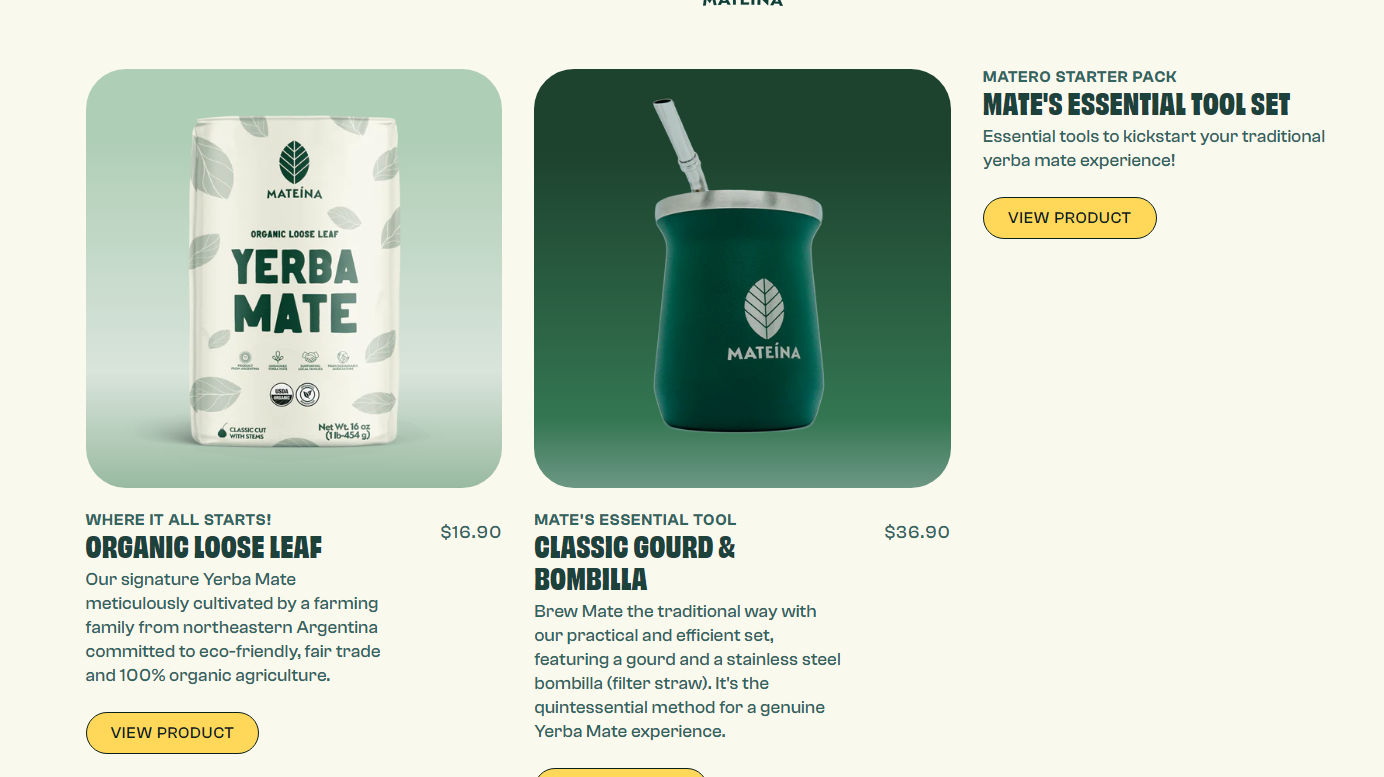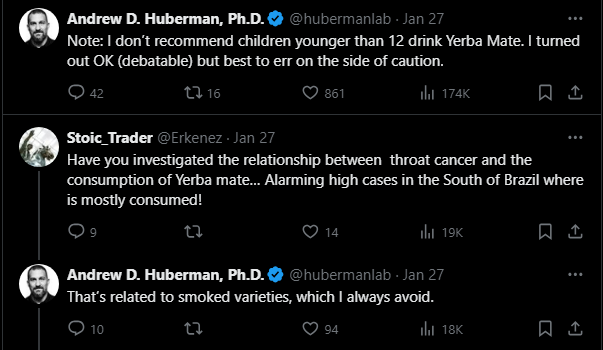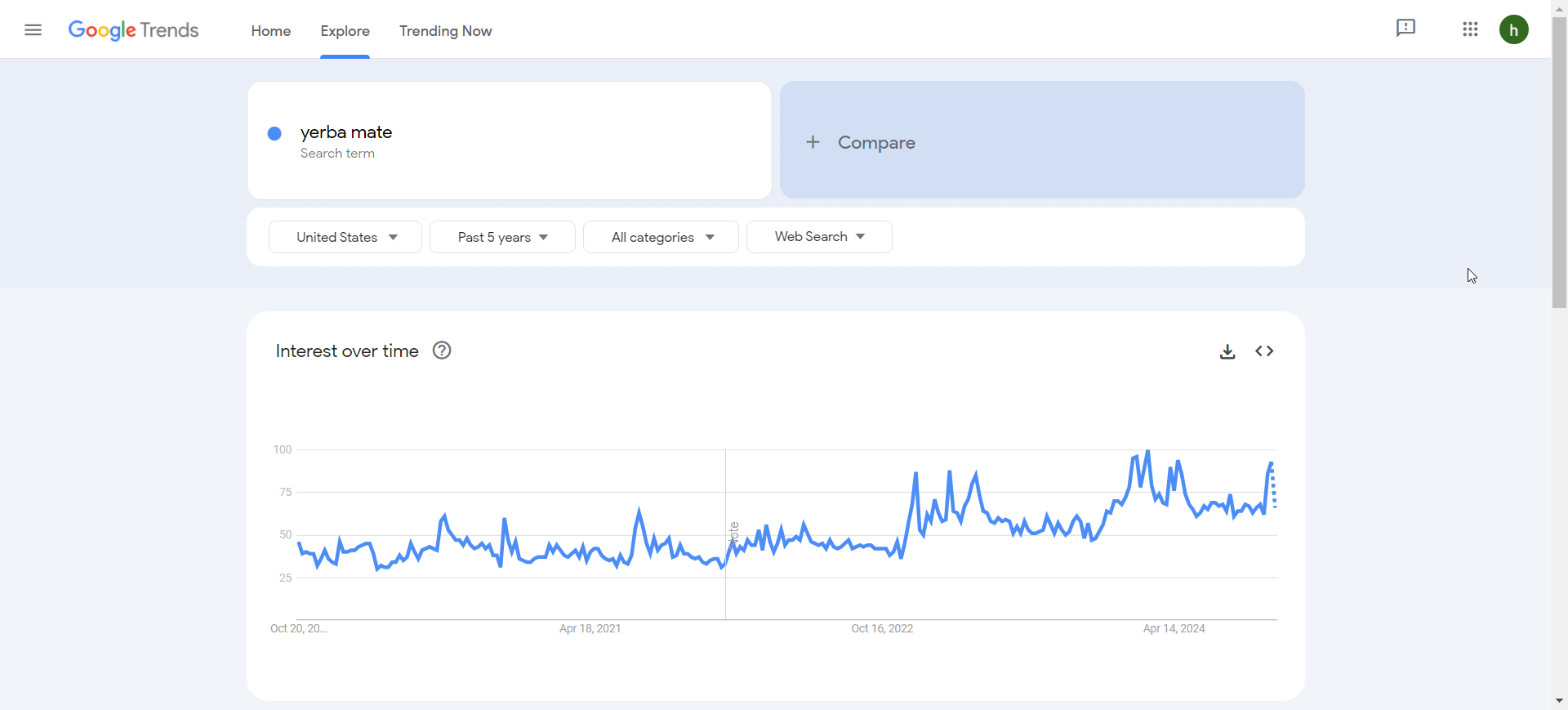Years ago, I discovered an exotic drink praised for curbing appetite and boosting energy during sports-related weight cuts. My skepticism was challenged when a viral video featured a Jiu-Jitsu world champion endorsing Terere, a traditional South American beverage.
Terere, a cold-brewed yerba mate originating from Paraguay, holds cultural significance throughout Brazil, particularly in the Mato Grosso region. The drink gained popularity for its hydrating properties and health benefits, especially suited for Brazil’s hot climate. Rich in vitamins and natural caffeine, it provides sustained energy while connecting practitioners to their heritage.
However, my research revealed concerning scientific findings. Studies showed a correlation between hot yerba mate consumption and increased cancer risks, particularly when consumed through metal straws. The risks affected the esophagus, oral cavity, and larynx, with higher risks linked to greater consumption and hotter temperatures. Women consuming over 1 liter daily showed an odds ratio of 34.6. While industrial processing contamination and synergistic effects with alcohol and tobacco were considered, cold mate showed no such risks.
Fast forward to recent times, with GLP-1 drugs like Ozempic making headlines. Ozempic, containing semaglutide, works as a GLP-1 receptor agonist, regulating blood sugar and suppressing appetite through hormone manipulation.
In a discussion on Caffeine, neuroscientist Andrew Huberman presented yerba mate as a natural alternative to Ozempic. He emphasized its role as a natural GLP-1 source, suggesting similar benefits without prescription requirements.
Huberman outlined multiple advantages of yerba mate:
– Rich vitamin content
– Natural caffeine for energy
– Enhanced digestion through enzyme stimulation
– Hydrating properties
– Cultural significance
– Natural weight management potential
“This is from a paper published in the journal Cell, which is a Cell Press journal—an excellent publication, in fact, one of the three apex journals. For those curious, papers published in Nature, Science, and Cell are considered the Super Bowl, Stanley Cup, and NBA championships of publishing. This paper, titled ‘An Inter-Organ Neural Circuit for Appetite Suppression,’ illustrates a very important principle that everyone should know about, and that’s the principle of so-called parallel pathways.”
“Parallel pathways, as the name suggests, are pathways—whether neural, hormonal, or otherwise—that operate independently of one another to accomplish a common goal. What this paper shows is that there’s a set of peptides in the body, particularly GLP-1 (glucagon-like peptide 1) and some related peptides. I’ve mentioned these before on the podcast for two reasons. First, I’m a big proponent and consumer of yerba mate. Yerba mate is a tea that can promote the release of glucagon-like peptide 1. Second, new prescription drugs hitting the market show impressive clinical trials for diabetes and obesity. These drugs are essentially GLP-1 stimulators or synthetic versions of glucagon-like peptide 1.”
“So, what is GLP-1? It’s a peptide—a small protein—that can dramatically suppress appetite. This is why these drugs are being explored and are showing impressive results in treating type 2 diabetes, other forms of diabetes, and obesity, as they lead to weight loss. When it comes to yerba mate, the amount of GLP-1 released is much lower than that from drugs stimulating GLP-1 or drugs that are GLP-1 themselves. Still, it’s worth noting that yerba mate comes in various forms, and there is concern that certain smoky-flavored varieties might be carcinogenic, which is why I avoid those. But for me, yerba mate is one of my preferred sources of caffeine. I enjoy the taste, and it provides the caffeine kick I like early in the day for focus, work, and exercise. I actively avoid the smoked varieties due to their potential carcinogenic effects.”
“GLP-1 suppresses appetite through at least two mechanisms in parallel pathways. It acts on receptors in the body within a portion of the nervous system called the enteric nervous system, which is autonomic (automatic). GLP-1 binds to intestinofugal enteric neurons, which cause gut distension, making you feel full. This is fascinating— a peptide, not food, stimulating neurons that cause changes in the gut’s mechanoreceptors, leading to the sensation of fullness. While major gut distension might be uncomfortable, mild distension from appropriate GLP-1 stimulation is beneficial.”
“GLP-1 also communicates with the brain via the gut-brain axis, specifically the hypothalamus, to suppress appetite through brain mechanisms. So, GLP-1 works both in the gut (causing gut distension) and in the brain (triggering satiety). This is why these GLP-1-based drugs are impressive—they target obesity and weight loss through dual mechanisms: one in the gut and one in the brain, connected via the gut-brain axis.”
“In summary, for those interested in mild appetite suppression while also getting a caffeine boost, yerba mate might be a good option. ” – Huberman explained.
Subsequently, Huberman launched his own yerba mate product line:
I’m a big fan of caffeine from Yerba Mate (not the smoked varieties however)… so much so that I helped develop a zero sugar cold brew Yerba Mate w/ @yerbamateina (& am now a partial owner). As of today in @ErewhonMarket & from https://t.co/0GN4oAPrNS pic.twitter.com/LFWQsfIBSN
— Andrew D. Huberman, Ph.D. (@hubermanlab) April 23, 2024
His promotional materials notably omitted cancer risks, though these concerns surfaced in community discussions.




This trend resembles previous health fads like bulletproof coffee, with Google Trends showing increasing interest:

Important counterindications include:
– Cancer risks when consumed hot
– Potential caffeine-related side effects
– Interference with iron absorption
– Medication interactions
– Dehydration risks
While yerba mate offers numerous benefits, moderation remains crucial for safe consumption.


